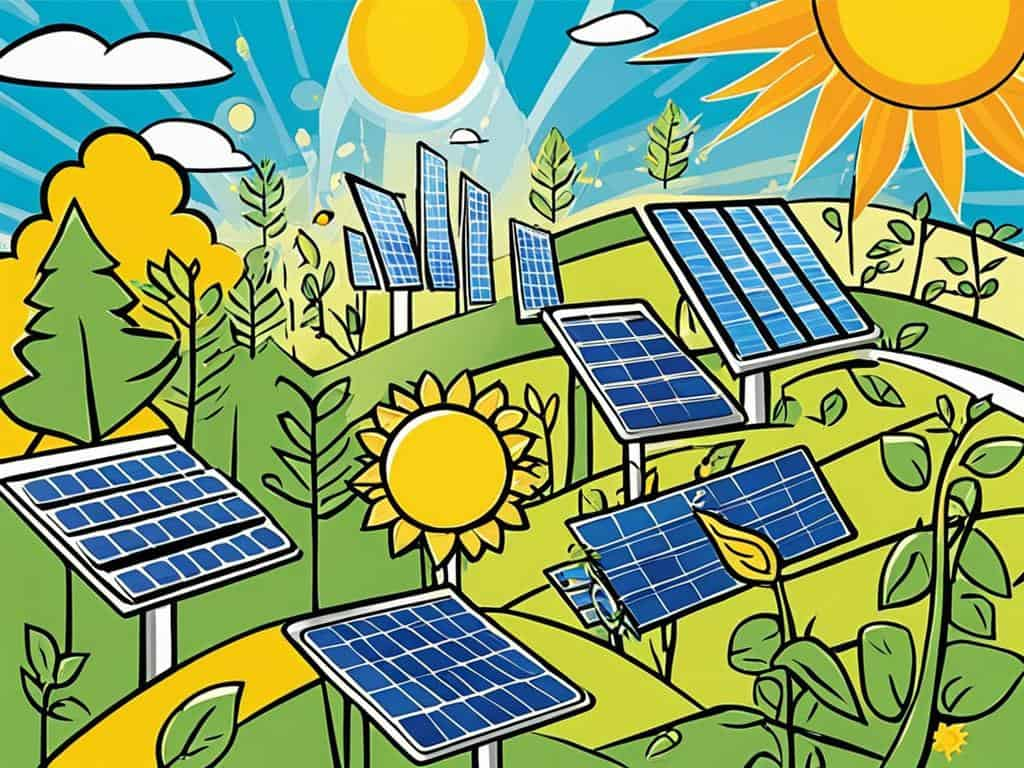The Latest Trends in Renewable Energy: Driving a Sustainable Future
- Get link
- X
- Other Apps
The Latest Trends in Renewable Energy: Driving a Sustainable Future
The renewable energy sector is evolving rapidly, driven by innovation, policy shifts, and the urgent need to combat climate change. From breakthroughs in technology to ambitious government initiatives, the global energy landscape is undergoing a significant transformation. Let’s explore the latest trends shaping the renewable energy industry in 2024 and beyond.
1. Solar Power Reaching New Heights
Emergence of Perovskite Solar Cells
One of the most exciting advancements in solar technology is the rise of perovskite solar cells. These lightweight, flexible, and highly efficient cells are expected to revolutionize solar energy. With efficiencies exceeding 30% in lab conditions, perovskites are paving the way for cheaper and more accessible solar installations.
Floating Solar Farms
As land availability becomes a challenge, floating solar farms are gaining traction. Countries like China, India, and the Netherlands are deploying large-scale solar panels on reservoirs and lakes, maximizing space utilization while minimizing environmental disruption.
2. Wind Energy: Bigger, Smarter, and Offshore
Rise of Offshore Wind
Offshore wind farms are expanding globally, with newer projects boasting turbines with capacities of 15 MW or more. Europe remains a leader, but countries like the U.S., Japan, and South Korea are making significant investments in offshore wind infrastructure.
AI and Predictive Maintenance
Artificial Intelligence (AI) is increasingly being used in wind energy for predictive maintenance. Smart sensors monitor turbine performance in real-time, detecting anomalies before they lead to costly downtimes. This ensures greater reliability and efficiency.
3. Energy Storage Breakthroughs
Advancements in Battery Technology
Energy storage remains a cornerstone of renewable energy adoption. The advent of solid-state batteries is a game-changer, offering higher energy densities, faster charging times, and longer lifespans compared to traditional lithium-ion batteries.
Green Hydrogen as a Storage Solution
Hydrogen is emerging as a critical energy storage medium. Produced using renewable electricity, green hydrogen can be stored and used to generate power during periods of low renewable output. Countries like Germany and Australia are investing heavily in hydrogen infrastructure.
4. Integration of Renewable Energy with Smart Grids
Decentralized Energy Systems
Decentralized grids, powered by small-scale renewable installations, are making energy distribution more resilient and efficient. These microgrids are particularly beneficial for rural and remote areas, providing reliable energy access.
Blockchain in Energy Trading
Blockchain technology is facilitating peer-to-peer energy trading, allowing households and businesses to buy and sell surplus energy directly. This trend is democratizing the energy market and encouraging widespread adoption of renewables.
5. Bioenergy and Waste-to-Energy Innovations
Algae-Based Biofuels
Algae is gaining attention as a sustainable biofuel source due to its high yield and low environmental impact. Researchers are exploring its potential for aviation and shipping industries, which are harder to electrify.
Circular Economy in Energy
Waste-to-energy technologies are transforming organic and industrial waste into usable energy. These systems not only reduce waste but also contribute to a sustainable energy cycle.
6. Policy and Investment Driving Growth
Carbon Markets and Renewable Mandates
Governments worldwide are implementing carbon pricing and renewable energy mandates to accelerate the transition. The Inflation Reduction Act in the U.S. and the European Union’s Fit for 55 initiative are landmark policies encouraging renewable energy investments.
Corporate Sustainability Goals
Corporations are setting ambitious net-zero goals, driving demand for renewable energy. Many companies are entering power purchase agreements (PPAs) to secure clean energy for their operations.
7. Beyond Energy: Renewable Solutions for Other Sectors
Green Building Materials
Renewable energy is influencing the production of sustainable materials, such as solar-powered concrete and bio-based insulation. These materials are integral to building greener cities.
Electrification of Transportation
The shift to electric vehicles (EVs) continues to accelerate, supported by renewable-powered charging infrastructure. Solar roads and wind-powered charging stations are emerging as innovative solutions to power the EV revolution sustainably.
Looking Ahead
The renewable energy sector is at the forefront of a global movement toward sustainability. While challenges like energy intermittency and grid integration remain, ongoing innovations and investments are addressing these issues. As governments, industries, and individuals embrace renewables, the path to a cleaner, greener future is becoming clearer.
With these trends, renewable energy is not just an alternative; it is rapidly becoming the cornerstone of our global energy system.
- Get link
- X
- Other Apps







Comments
Post a Comment